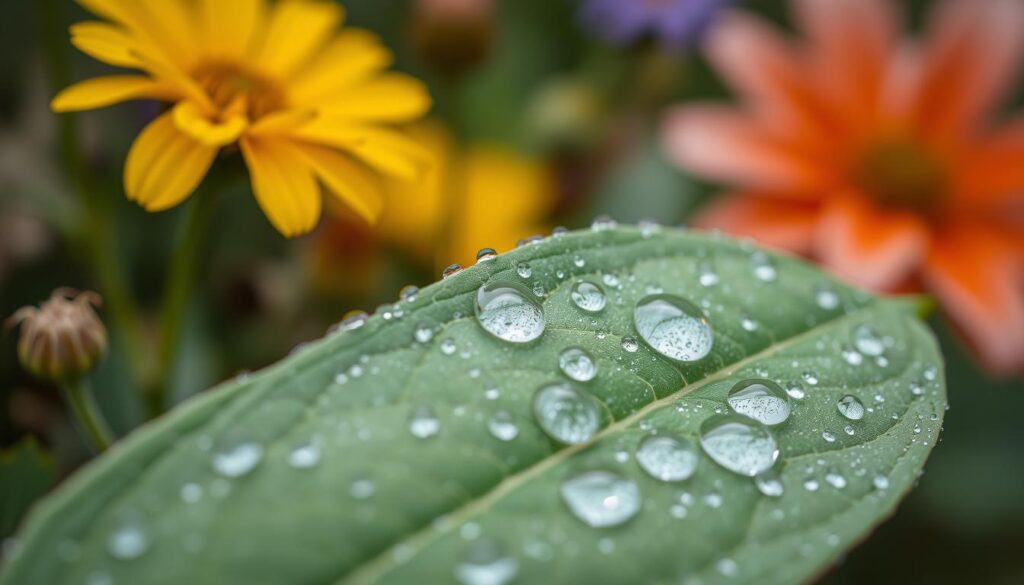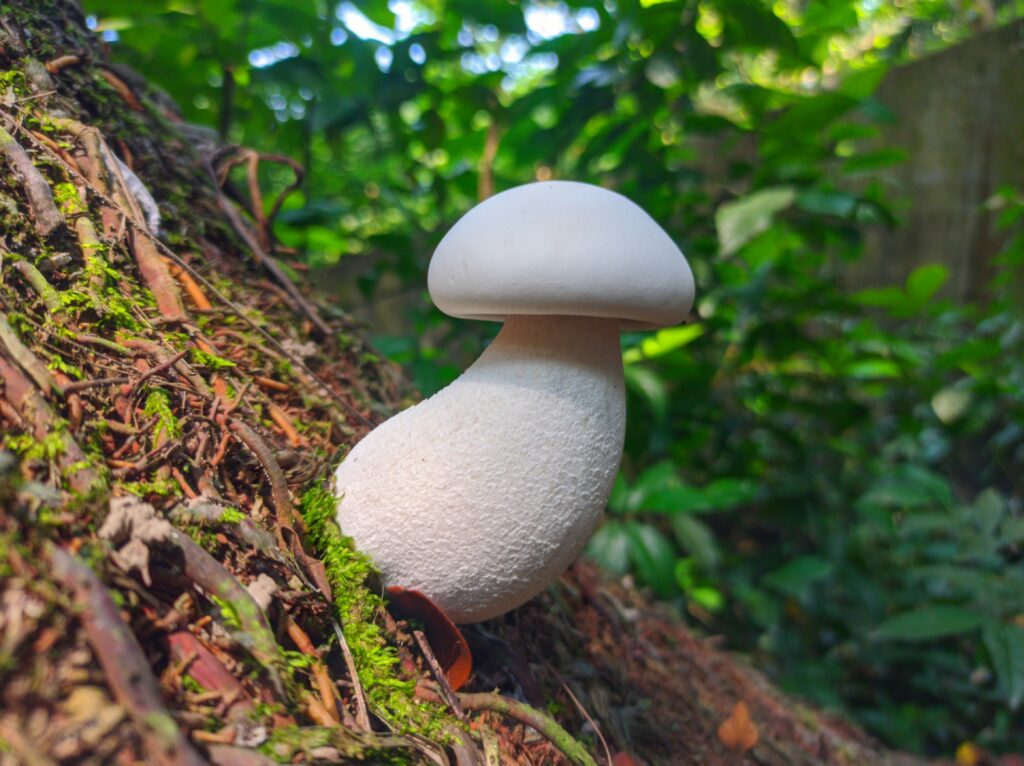Table of Contents
Macro photography opens a world of discovery, showing us the tiny details of nature. It lets us see the beauty that’s often missed. You can start a journey to find the extraordinary in everyday things.
Whether you love taking pictures of flowers, insects, or leaves, this guide is for you. It will teach you the skills and inspire you to explore macro nature photography.

Macro photography turns the ordinary into something amazing. It shows us a world of beauty and complexity. From leaf veins to butterfly wings, it invites us to slow down and appreciate the small wonders.
Get ready for an adventure where the small becomes grand. And the familiar becomes fascinating.
What is Macro Nature Photography?
Macro photography is the art of capturing subjects that seem bigger than life. It shows the tiny details we usually miss. This art form focuses on getting close to subjects like flowers, insects, and leaves.
Understanding Magnification Ratios
To truly capture macro photography, you need to understand magnification ratios. A 1:1 ratio on the camera’s sensor makes subjects appear life-size. This allows us to see the hidden beauty of nature, like the patterns on leaves and the details of fungi.
Common Subjects in Macro Nature Photography
Flowers, insects, and plants are popular subjects in macro nature photography. But there’s more. Photographers also capture fungi, dew drops, and other natural wonders. Each offers a unique view of nature’s beauty.

“Macro photography is about getting up close and personal with your subjects, revealing the intricacies often missed by the naked eye.”
Essential Gear for Macro Nature Photography
To take amazing macro nature photos, you need the right gear. Start with a camera that can change lenses. DSLR and mirrorless cameras are best because they let you use macro lenses and accessories. Choose a camera with manual controls and lens switching for more control.
Choosing the Right Camera
For macro photos, pick a DSLR or mirrorless camera with a high-resolution sensor. Full-frame and APS-C sensors are great for close-up shots. But, the sensor’s pixel density matters more than megapixels. A 36-megapixel full-frame and a 16-megapixel APS-C can have similar detail for macro.
Close-Up Accessories for Macro Photography
You also need a dedicated macro lens for 1:1 magnification. Look for lenses with a high maximum magnification. Or, use extension tubes and reversing rings to make non-macro lenses work. These options are affordable and can be stacked for more magnification.
- Extension tubes are a cheap way to get 1:1 magnification, costing $20 to $80, depending on electronic contacts.
- Reversing rings let you mount lenses backward, turning them into macro lenses for higher magnification.
- Close-up filters, priced around $20, are another cheap way to increase magnification, but may cause optical distortions and color fringing.
Also, get a sturdy tripod and remote shutter release for sharp, blur-free macro photos. With the right gear, you’ll capture the natural world’s tiny details.

Macro Nature Photography Techniques
To take amazing macro nature photos, you need to learn some key techniques. Understanding and controlling focus and depth of field are essential. These elements are the heart of macro photography.
Mastering Focus and Depth of Field
Manual focus is key for getting your macro shots right. Autofocus can fail at high magnifications. So, focus on the most important part of your subject and use a tripod for stability.
Depth of field is also vital. A shallow depth of field means only a small part of your subject is sharp. To fix this, use a smaller aperture (higher f-number) to increase the depth of field. This way, more of your subject will be sharp. Try different aperture settings to find the right balance between sharpness and creativity.
- Macro photography does NOT require any fancy camera gear to begin, making it accessible to beginners.
- SLRs offer macro photographers the widest range of abilities, including depth of field.
- Depth of field is key in macro photography; increasing the aperture number maximizes the depth of field for sharp images.
By mastering macro photography techniques, focus control, and depth of field management, you can capture stunning, macro photography tips. These tips will show nature’s beauty in a unique and captivating way.
“Mastering macro photography requires a keen eye for detail, a steady hand, and a deep understanding of lighting and composition principles.”
Lighting for Macro Nature Photography
Using Natural Light
Try to use natural light for macro nature photography whenever you can. Natural light gives a soft, diffused quality that looks great on your subject. The light in the early morning or late afternoon adds warm tones and long shadows, making your photos more interesting.
Natural light is flexible. You can move it around to get the lighting just right for your photos. This lets you play with different angles and positions to get the look you want.
Artificial Lighting Setups
In places with little light or when you need more control, artificial lighting is a good choice. Macro flashes or LED lights work well for macro photography. Try placing the lights in different spots to highlight and shadow your subject’s details.
A reflector or diffuser can also help soften the light. This makes your subject look even better in the photo.
Whether you use natural or artificial light, learning about macro photography lighting is key. The right light can really bring out the beauty and details of your subject.





All the photos are really beautiful.
Thank you! I’m thrilled you enjoyed the photos. It’s always a pleasure to share the beauty of nature through photography. Your kind words mean a lot!
Miss the magic of small subjects like mushrooms. They can be the star of your macro photography, showing off patterns and textures you can’t see with your
Nature photography techniques lets us capture the beauty of the world around us. It’s about serene landscapes, detailed plants, and majestic wildlife. This guide will help you improve, from beginner to pro. You’ll learn about essential gear, techniques, and strategies for outdoor, landscape, wildlife, and macro photography.